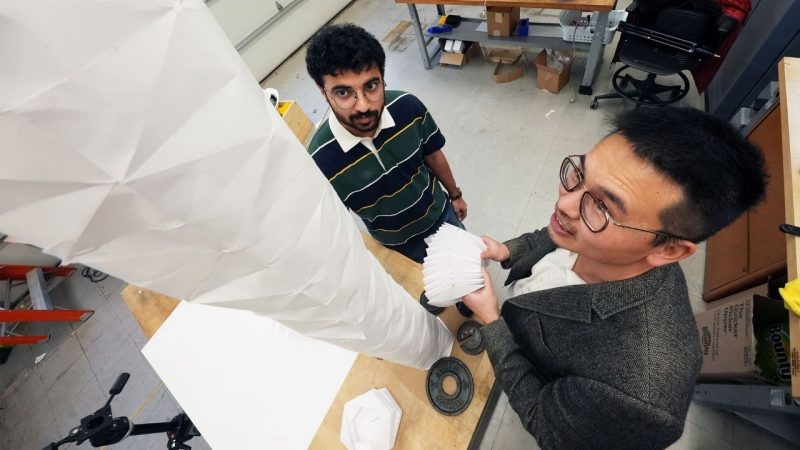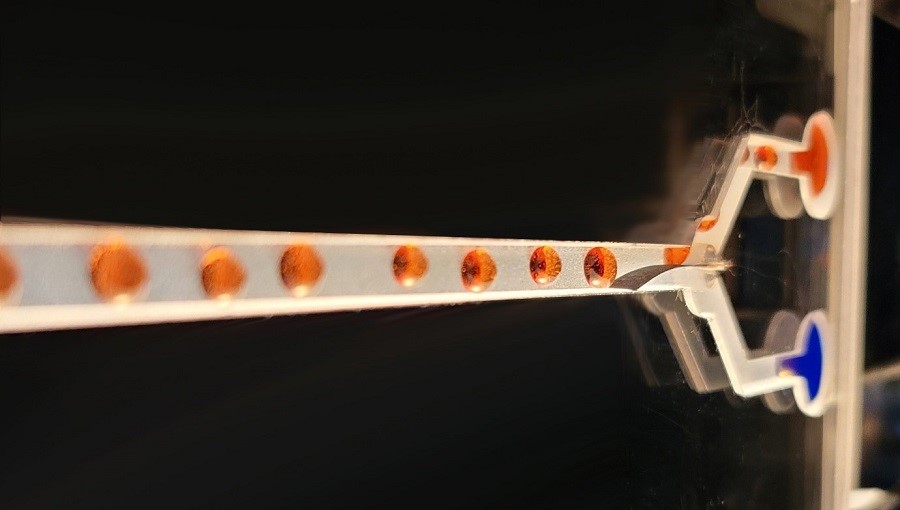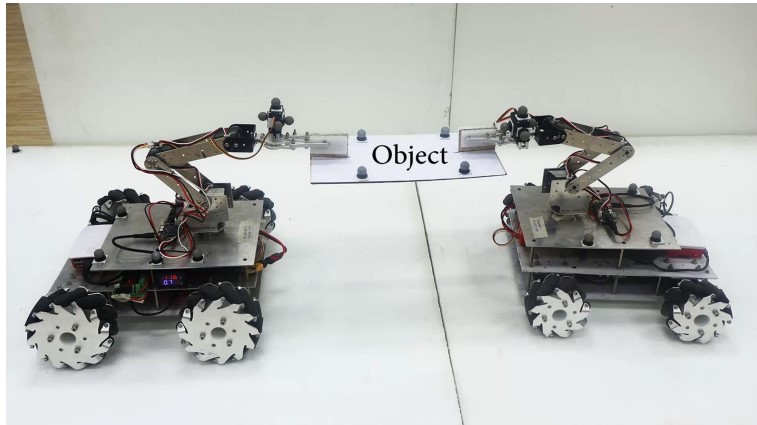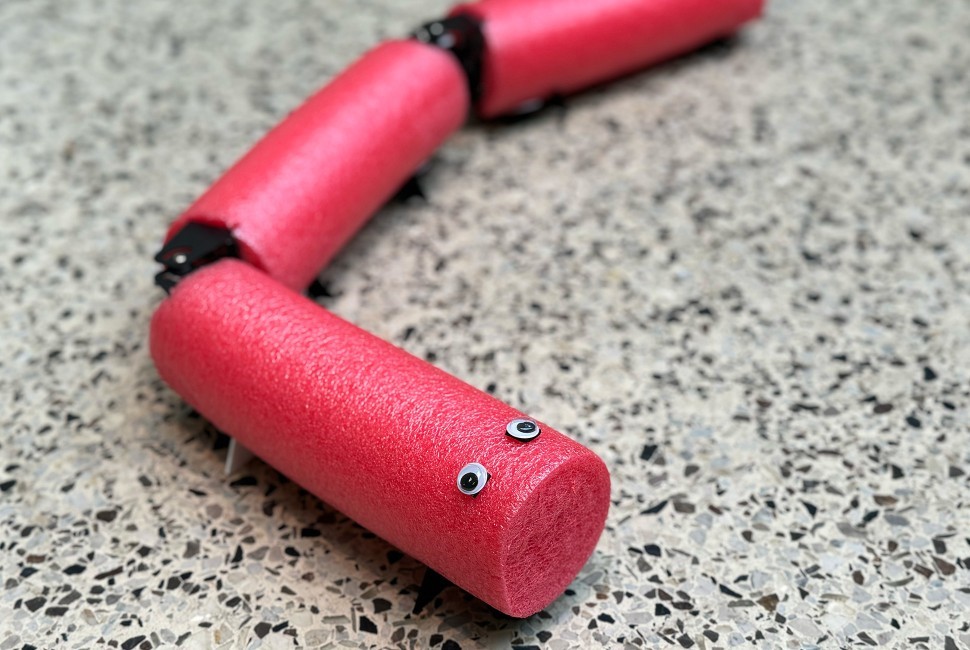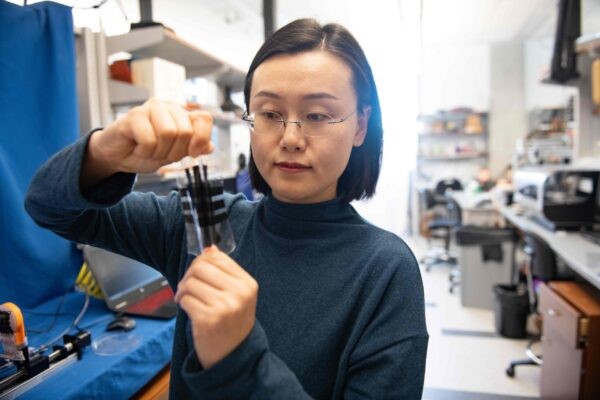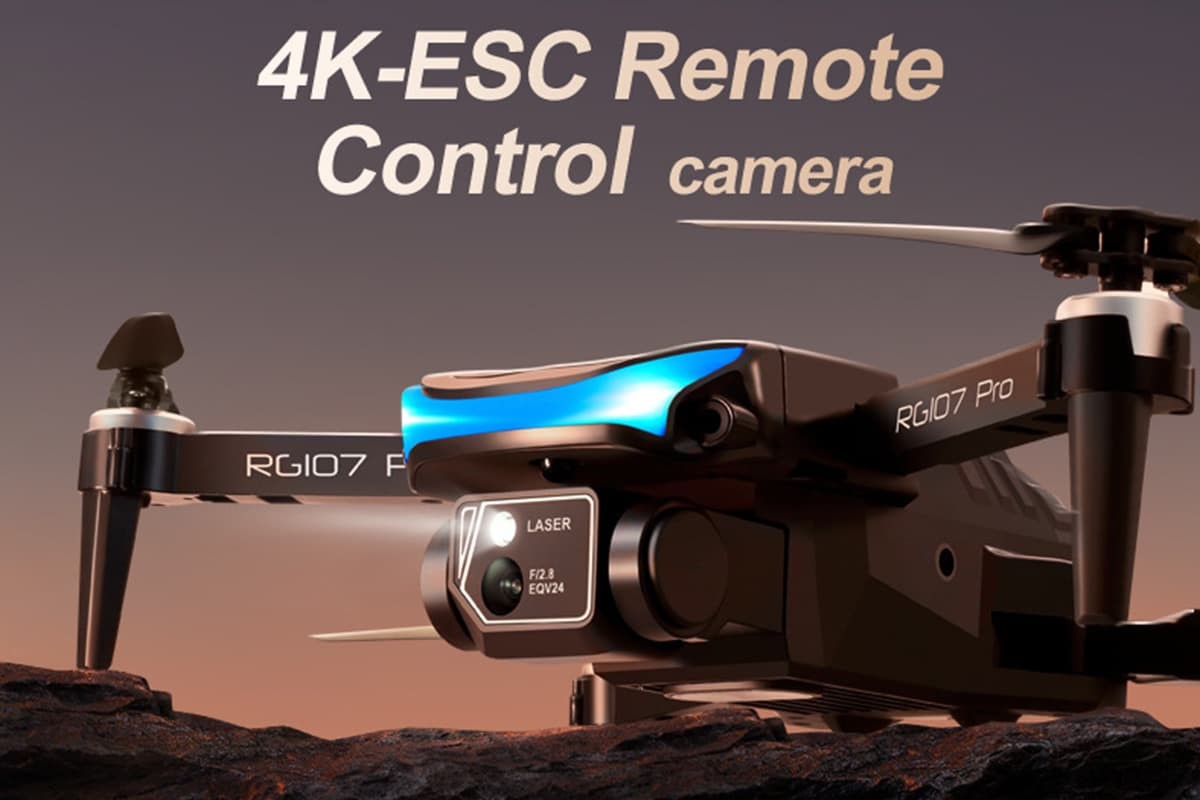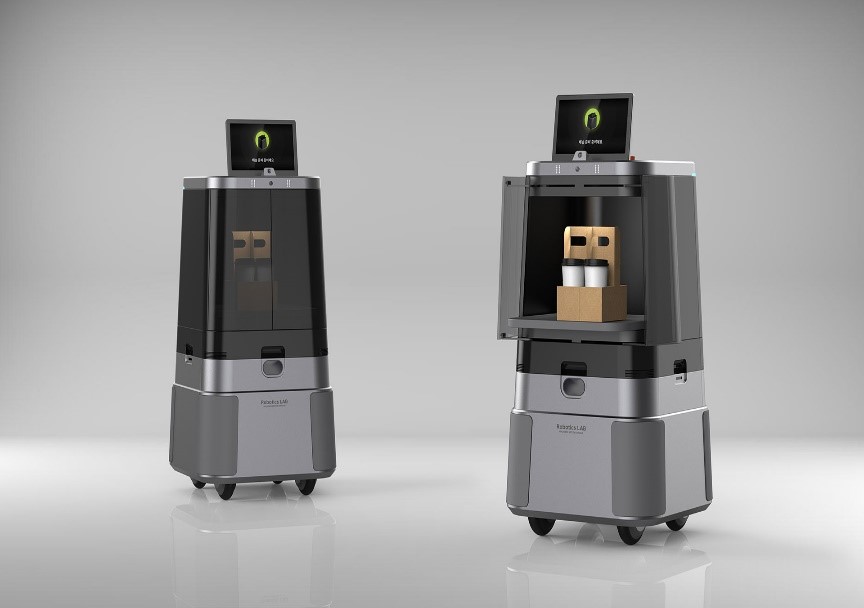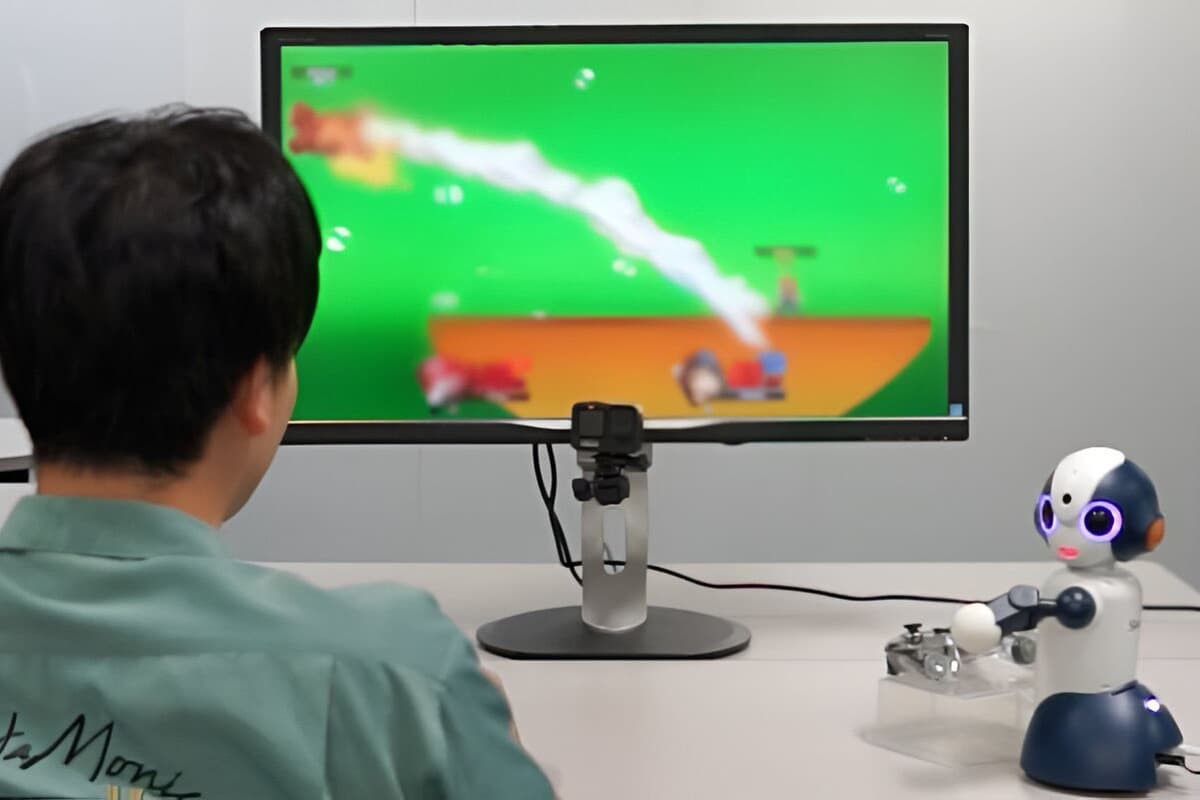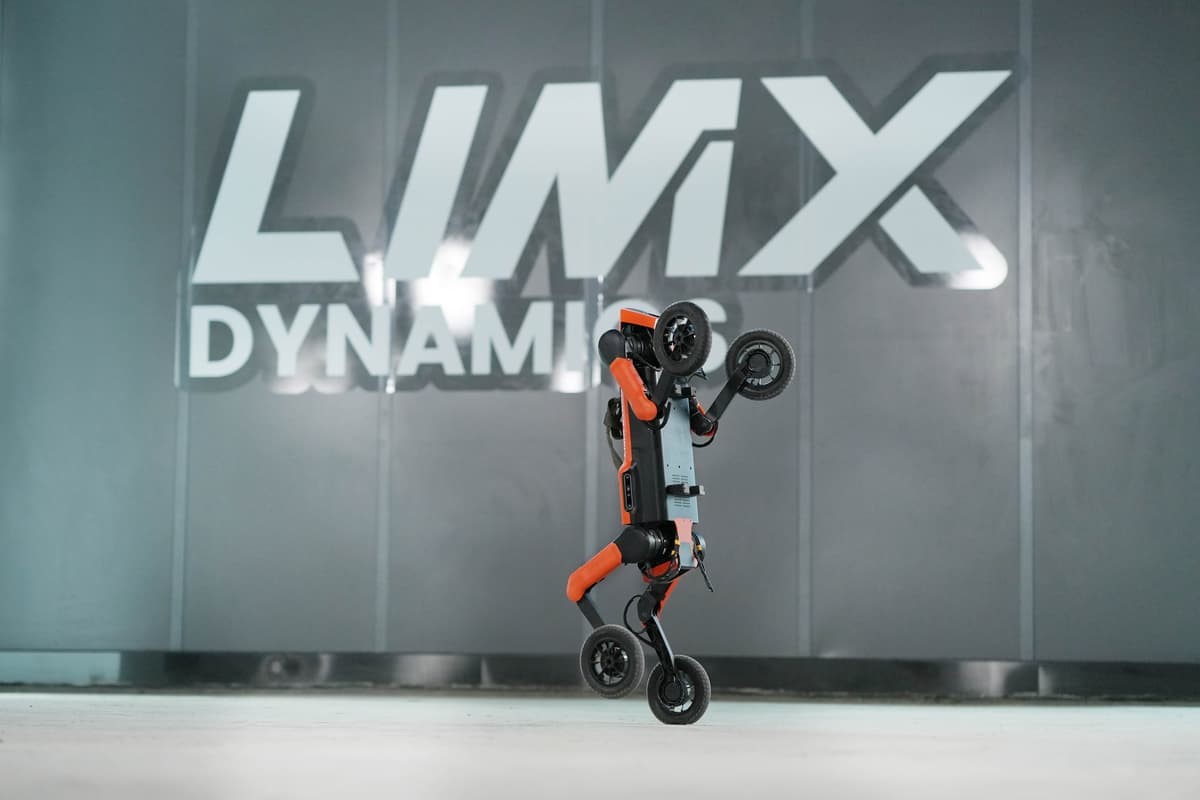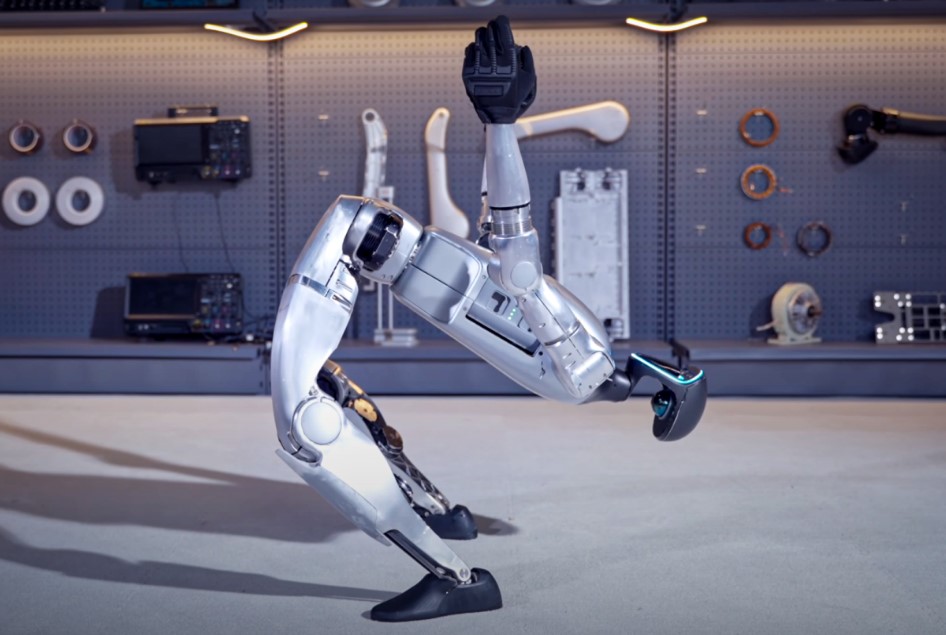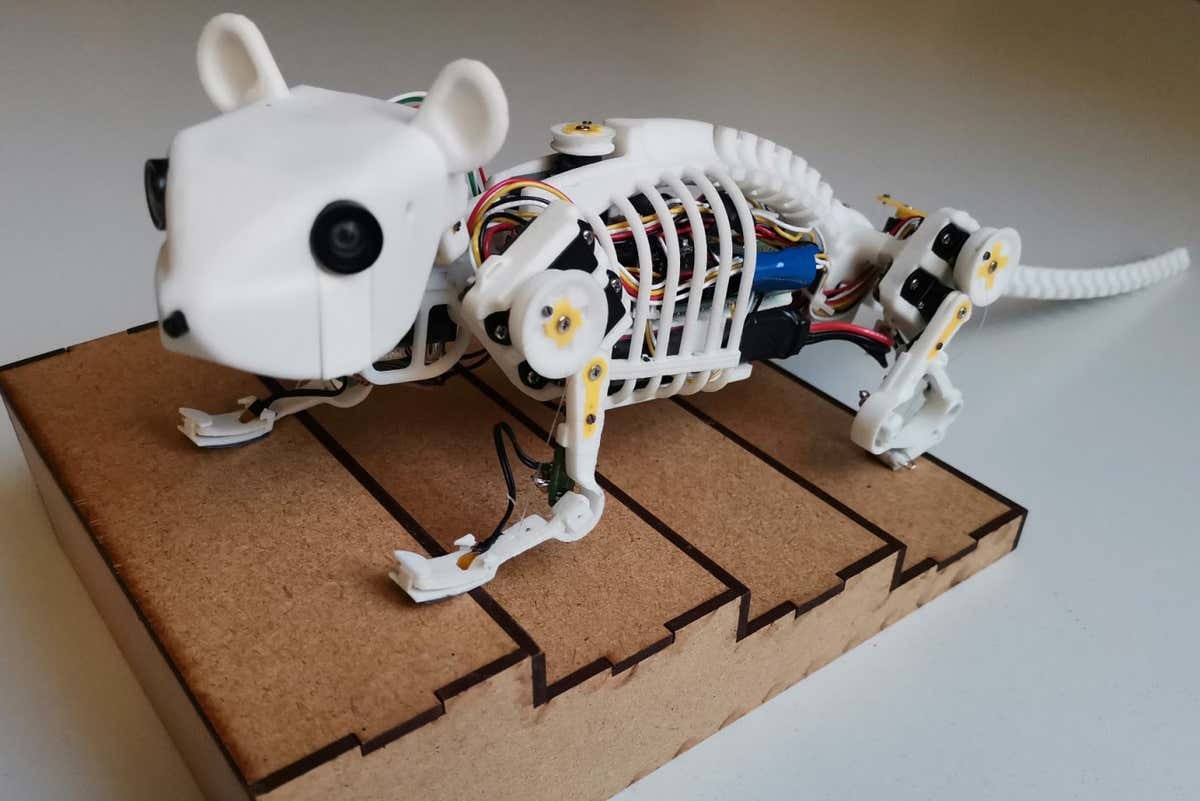Harnessing Microrobots to Combat Plastic Pollution and Bacterial Contamination in Water
In our modern world, the proliferation of plastic waste poses a significant threat to aquatic ecosystems and human health. As discarded plastics degrade into microplastics, they become increasingly difficult to remove from oceans and waterways, while also attracting harmful bacteria. Addressing this dual challenge, a recent study published in ACS Nano presents a groundbreaking solution: microrobots capable of capturing both microplastics and bacteria from water sources.
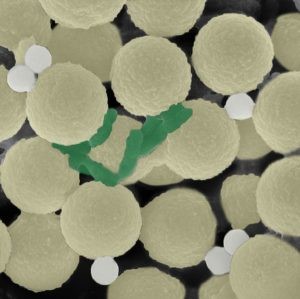
Figure 1. Microrobots. (Credit: ACS Nano 2024)
Figure 1 shows to clean water, researchers have designed swarms of tiny, spherical robots (light yellow) that collect bacteria (green) and small pieces of plastic (gray) [1].
Developed by Martin Pumera and his team, these microrobots represent a novel approach to environmental remediation. Constructed from positively charged polymer strands and magnetic microparticles, the robots possess a unique ability to attract and capture pollutants. Measuring a mere 2.8 micrometers in diameter [1], these tiny agents swarm together in response to a magnetic field, mimicking the collective behavior of natural organisms.
In laboratory experiments, the effectiveness of these microrobots was demonstrated in simulated water environments containing microplastics and bacteria. Exposed to a rotating magnetic field for 30 minutes, the microrobots successfully captured approximately 80% of the bacteria [2] present, while simultaneously reducing the concentration of free plastic beads. Following collection, the robots underwent decontamination through ultrasound and ultraviolet radiation, ensuring their reuse with minimal residual pollutants.
This innovative microrobotic system offers a promising solution to the ongoing challenge of plastic pollution and bacterial contamination in water. By harnessing the power of nanotechnology and collective behavior, researchers are paving the way for more efficient and sustainable methods of environmental remediation [3].
Acknowledging support from various funding sources, including the European Regional Development Fund/European Social Fund project TECHSCALE and the REFRESH program of the European Union, the study underscores the importance of collaborative efforts in tackling complex environmental issues.
Source: American Chemical Society
References:
- https://pubs.acs.org/doi/10.1021/acsnano.4c02115
- https://www.eurekalert.org/news-releases/1043380
- https://www.sciencedaily.com/releases/2024/05/240508093659.htm
Cite this article:
Hana M (2024), Harnessing Microrobots to Combat Plastic Pollution and Bacterial Contamination in Water, AnaTechMaz, pp. 22


